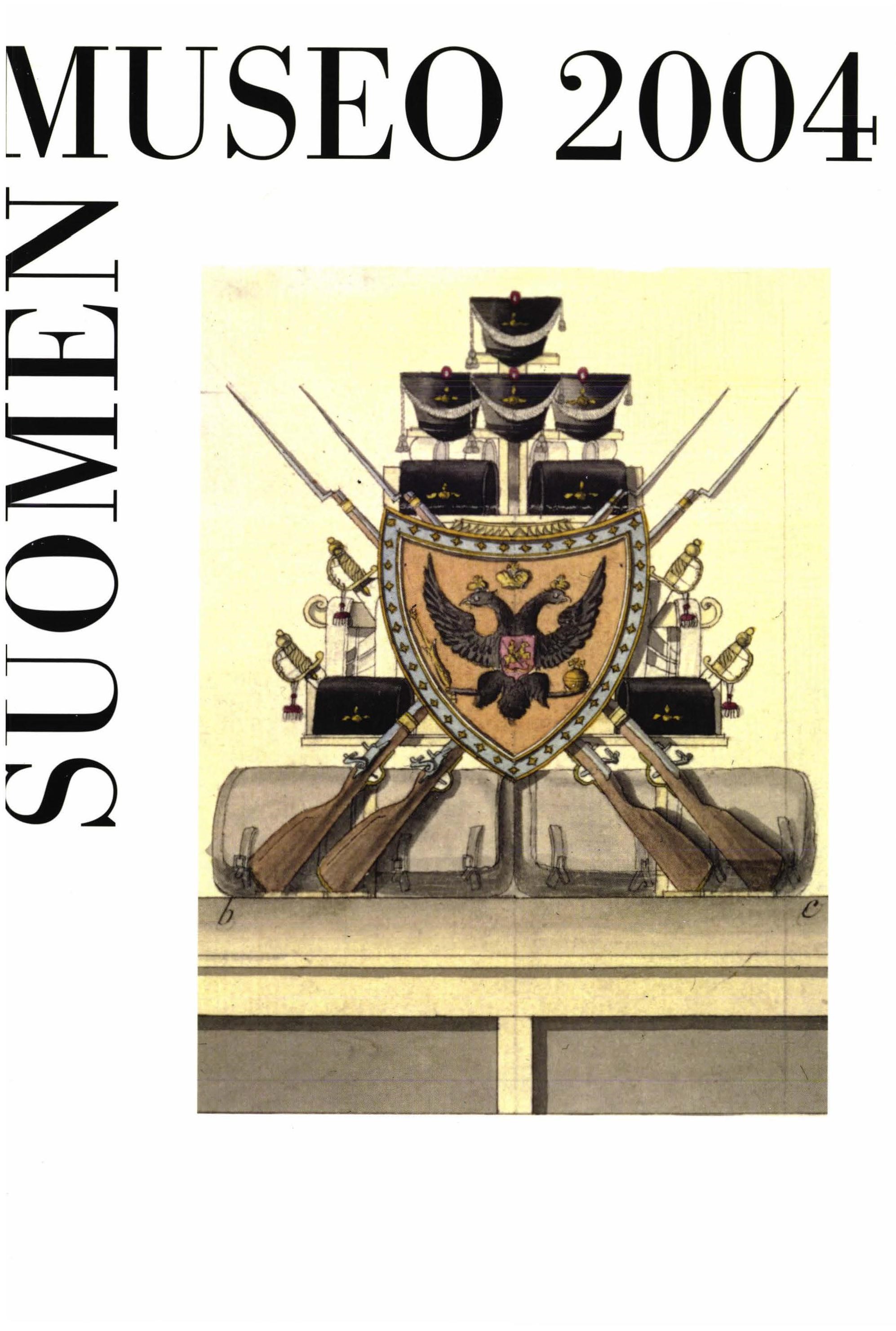C. L. Engelin varusteline keisarin sotilaille
Abstrakti
The Russian military barracks built in 1816–1819 at Katajanokka in Helsinki (present-day offices of the Finnish Ministry for Foreign Affairs) was one of the first projects designed by the German-born Carl Ludvig Engel as architect of Helsinki under construction as the new capital of Finland. In this work, he received the expert assistance of no less a figure than Fabian Steinheil, governor-general of Finland. According to Steinheil 's instructions, the interior of the barracks was laid out with large dormitories housing a company of men. Engel was responsible for the details of the rooms. One of the problems to be solved was the storage of the soldiers' equipment. In 1818 the Engineering Department of the Russian Ministry of War has issued standard instructions on the storage of equipment in barracks. The instructions were for a set of shelves resembling store-room furnishings for weapons, clothing and other personal equipment. In the Katajanokka barracks, however, Engel decided to use the equipment for decoration in the large dormitories. He designed in 1819 a special stand in which the equipment was in symmetrical and impressive display. The equipment of four soldiers could fit in one stand. Housing 296 men, the rooms required 74 equipment stands each. They were placed behind the head of the bunks, against the outer wall and in the arched openings of the partition wall running through the middle of the dormitory room. The most impressive detail of the stand was a shield plate bearing the Imperial Russian coat of arms which was placed in front of the equipment. The only practical function of the plate was to keep the soldiers' firearms in place as they were placed standing with their muzzles crossed. Visiting Helsinki in the autumn of 1819, Emperor Alexander I of Russia visited the barracks site and particularly admired a prototype of Engels's stand which had been erected for display.
As Engels's unique idea was to use equipment and gear for decorative purposes, aesthetic features overrode practical considerations in the design of the stand. The combinations of the shield plate and the crossed firearms points to the origins of the concept and the special purpose of the design. He based the design on the martial heritage of Classical Antiquity (a version of the trophy theme) and the emblems of the Russian Empire (the state coat of arms).
The pyramid shape of the stand and the sombre arrangement of the items are in keeping with monuments link Engel's design in more general terms to the concepts and forms of Neo-Classicism.

